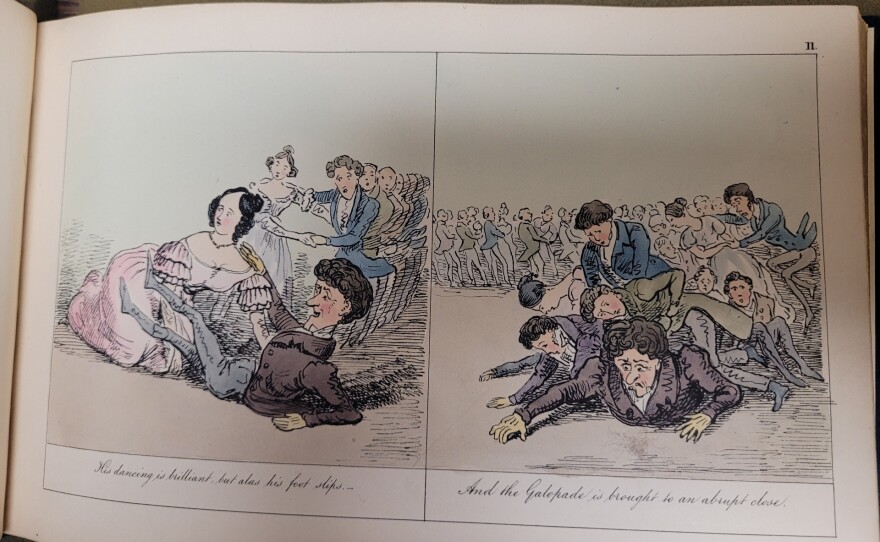In recent years, superhero movies inspired by comics have become an unavoidable part of pop culture. But at Michigan State University, librarians have been collecting and cataloguing comic books and graphic novels for more than five decades.

The university’s collection down in its library basement is more than just Batman and Spider-Man.
Ruth Ann Jones is an instruction and outreach librarian for MSU Libraries' Special Collections. She says the rows and rows of material in the space are just a tiny part of the more than 350,000 items MSU has gathered over the years.
Most of them are kept in another warehouse owned by the university. There are comics and graphic novels from every continent, except Antarctica, in languages from Bengali to French. Some date as far back as the 19th century.
"It is absolutely, by magnitude, the world's largest publicly accessible comic book collection." Jones said.
It all started in the 1960s with an MSU professor named Russel Nye.
"He was an early pioneer in the study of popular culture, bringing academic rigor to the study of the things of everyday life."
For Nye, mass media could reflect stereotypes, perspectives on current events, or social norms.
"If you're trying to figure out, 'Well, what are current attitudes and influences during a certain period of history?' Comics are one thing to look at, simply because they have had such a wide readership," Jones explained.
Jones points to a collection of comic sheets for children from the 1880s. They’re an English translation of a French publication called Imagerie d’Epinal.
"They are very prescriptive stories, showing the punishment that a child received for bad behavior or the bad luck that followed from bad behavior," she said.
One sheet called The Price of a Lie shows a little girl lying to her mother about eating out of a jam jar. Because her mother doesn’t believe her anymore, the servants of the house steal things and blame the child.
Eventually, she becomes sick with guilt over the original fib and when she recovers, she vows never to lie again.
It’s clear from the collection that comics aren’t just about teaching simple lessons or entertaining young people, though.
"The graphic medium is increasingly being used to express much more enduring themes: war, the end of the world, people examining, you know, their early life and how it's affected them as an adult," Jones said.
Several groups of MSU professors have also come together to put Nye’s ideas to work. Professor Lynn Wolff is a part of the Graphic Narratives Network on campus.
"It really started organically, kind of those typical hallway discussions among colleagues realizing that we were all using graphic novels, comics, text image, texts in our teaching and in our research," Wolff said.
Wolff’s focus is on autobiographical comics and graphic memoirs related to German history and the Holocaust. She looks at the ways an author or artist represents themselves in their story, even if they aren’t literally depicted.
With teaching comics and graphic narratives, talking about style with students that they can, in a sense, really judge a book by a cover.Lynn Wolff, Graphic Narratives Network
"That's an interesting tension that I've been looking at is how there's a subjectivity without a subject, in a sense without a body, and how subjectivity is then presented in other ways," she said.
It could be through how pages are colored or the choice of font.
"What is so compelling with graphic narratives, I think, is that they don't only represent, they don't only tell a story, but they show you how the story is, came into being or constructed."
Wolff adds that she teaches her students to go with their interests and let themselves be drawn into a text by how it looks.
"With teaching comics and graphic narratives, talking about style with students that they can, in a sense, really judge a book by a cover," Wolff said.
There’s plenty to explore in the university’s collection, from Marvel or DC favorites to graphic novels offering another perspective on the world.
Those interested in accessing the collection can request an appointment online or by emailing the Special Collections staff, since materials can only be read onsite.














